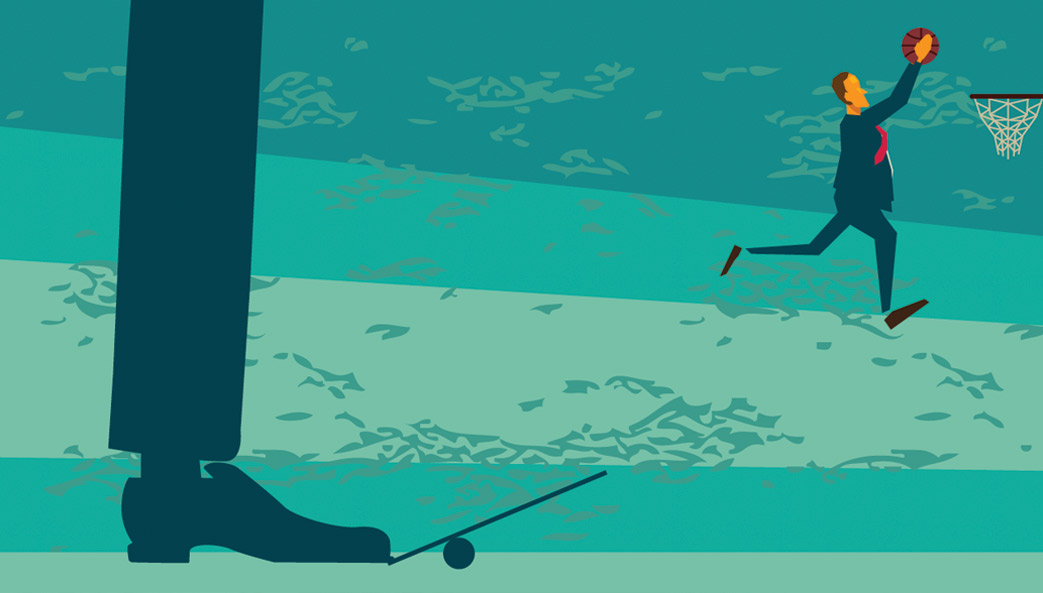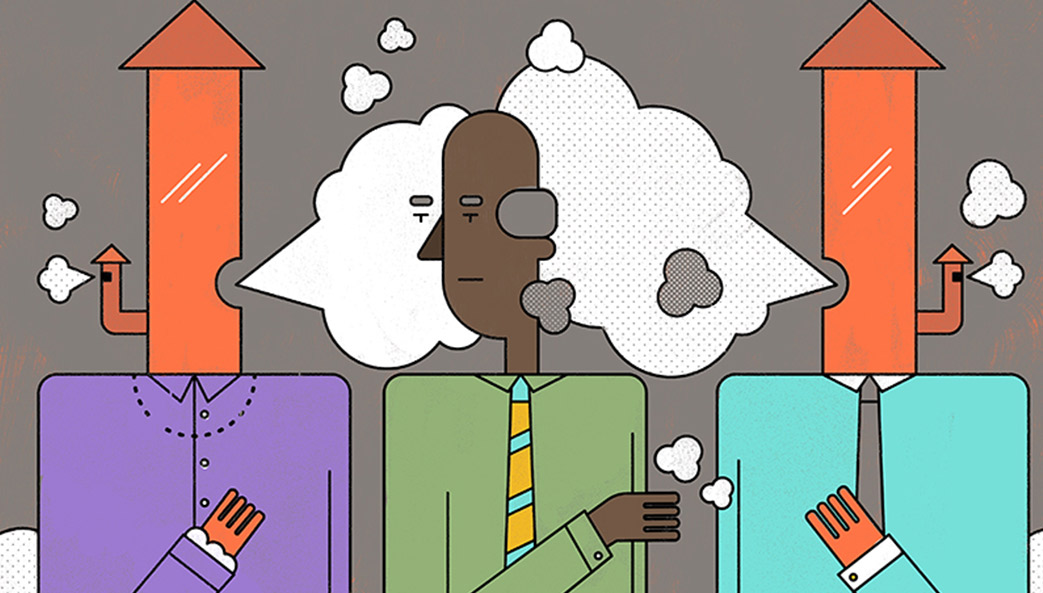Just like Steve Nash, a professional basketball player who famously improved the outputs of his teammates whenever he was on the court, other kinds of employees could have a similar “halo effect” on their peers, according to a new study from UGA’s Terry College of Business.
Productivity in virtually any workplace can spill over from one employee to another, said economics professor Joshua Kinsler, co-author of a recent paper documenting the research.
“When studying productivity spillovers, the typical approach is to assume that the individuals who are most productive themselves are also the ones who will make others most productive. We were interested in breaking that connection,” Kinsler said.
“Basketball provides a good context to pursue this objective, given that players typically have multiple attributes that can impact teammate and team performance. So while a good shooter helps a team win games through scoring, a good passer improves team success by facilitating the success of teammates.”
As another example of a great spillover player, he points to the Dallas Mavericks’ Deron Williams. “When he is on the court, the likelihood that one of his teammates will score is significantly higher than when he isn’t playing,” Kinsler said.
Kinsler and his colleagues studied data on 656 other players who, like Williams, were active between 2006 and 2010.
“Accounting for spillovers can significantly alter how we rank players,” said Kinsler. “In particular, players such as Carmelo Anthony and Kobe Bryant are downgraded in a model that accounts for the negative influence they have on the rest of their teammates’ scoring chances. Their own offensive prowess is not enough to outweigh the negative impact their shooting volume has on team success.”
Kinsler’s research, published in the Journal of Labor Economics, raises the question of whether or not this concept can be transferred from the basketball court to the office. In other words, are some employees able to make their colleagues better, regardless of the kind of work they do? Kinsler says yes, even though there are barriers to identifying who they are at present.
Just as in professional basketball, where players who create positive spillovers are undervalued in relation to their impact on team success, a similar pattern exists in the corporate arena. Workers traditionally have been compensated according to the marginal profit they bring to their company, not the overall effect they have on the organization. That is something that Kinsler thinks can change.
“Information on worker networks, either formal or informal, as well on as individual and team output, are critical to identifying high-spillover employees,” he said. “While this can be costly, there are clear benefits. Because team construction, as well as hiring and retention decisions, are influenced by the makeup of the firm’s workforce, these types of workers, who represent great value for firms, can be singled out.
“With data on clients and investment returns, as well as on variations in the composition of the team, the payoff of these sorts of interactions becomes measurable,” Kinsler said.






